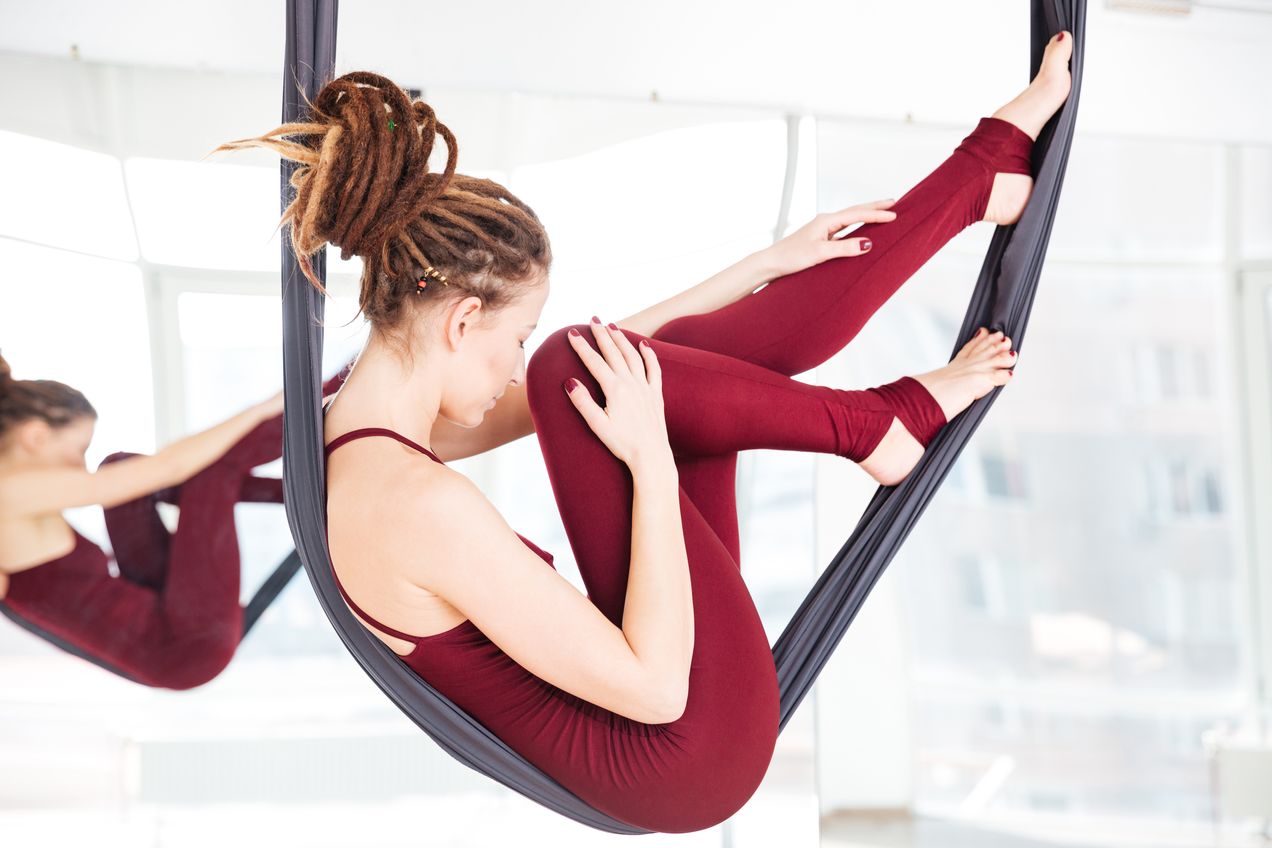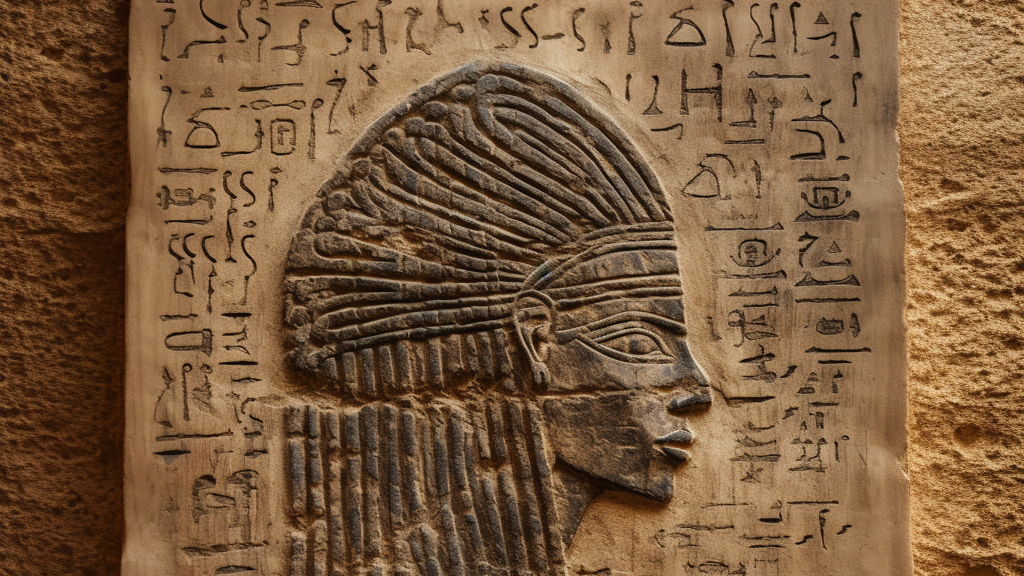
What Exactly Are Dreadlocks?
"Dreadlocks transcend style, symbolizing unity, spirituality, and defiance against mainstream beauty standards in cultures worldwide. Dive into the deep cultural and spiritual roots of this iconic hairstyle."
It's DNA
Dreadlocks are simple to create (it’s the hair’s DNA). They form when one no longer uses combs or chemicals to change hair texture. When left alone for weeks or months, hundreds of hair strands intertwine in sections at the root, like a vine. As the hair grows, each section grows long, resembling braids or ropes.
Depending on hair texture, you could grow a few big dreadlocks or many thin ones. They can be created naturally or with the help of a professional stylist, sometimes referred to as a loctician. Other names include Jaffa, Natty, Ndiagne, Palu, Ropes, Lion’s Crown, and African or Nubian locks.
Not Braids
Sometimes people mistakenly identify them as braids. Though similar, dreadlocks can develop with little or no human intervention—braids form by plaiting or weaving the hair. You can undo braids in one setting. It takes about six months for dreadlocks to form. Also, unlike braids, combing or splitting dreadlocks apart is nearly impossible or time-consuming. You may need to cut them if you want a different hairstyle.
Easy to Care
Caring does not require additional chemicals or sprays. There’s little to no maintenance other than natural shampoos and styling. They can last more than a lifetime (see “Understand the History of Dreadlocks.”) And are perfect for a carefree lifestyle where you wash and go.
Because of their uniqueness to the owner, the depth of different styles is infinite. All accessories (tams, wraps, hair bands, and decorations) are readily available online. Everyone with dreadlocks can create an uncopyable style.
Historically
Dreadlocks have been associated with various cultures, including African tribes, Rastafarianism, and certain Indian and Middle Eastern cultures. In these contexts, dreadlocks often carry cultural, religious, or spiritual significance. They symbolize unity, strength, spirituality, or rejecting mainstream beauty standards.
In modern times, dreadlocks have become popular across different cultures and communities, often chosen for aesthetic reasons or personal expression. However, it's important to note that cultural appropriation can be a concern when individuals from outside the associated cultures adopt dreadlocks without understanding or respecting their cultural significance.
Boost your impact! Share this post with family, friends, and co-workers using the social media icon below. They'll value your recommendation!


